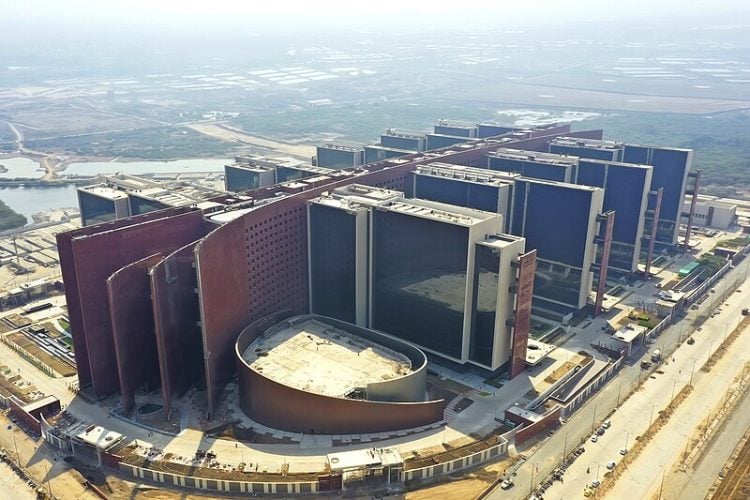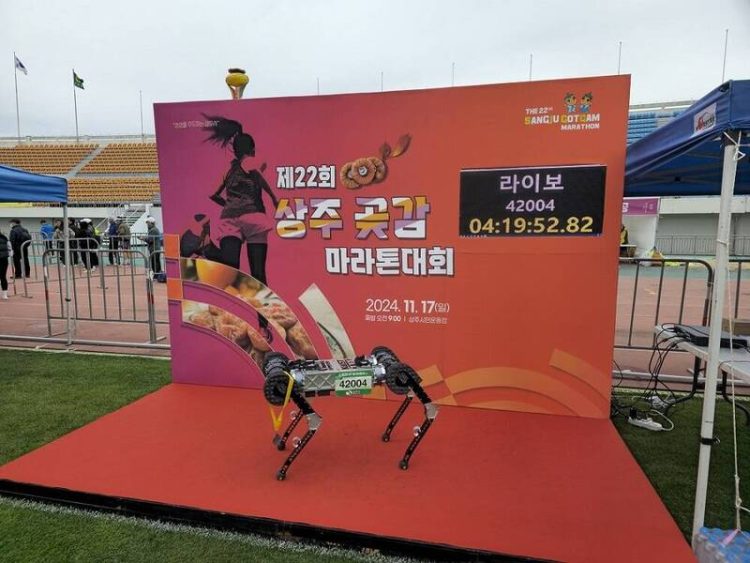Graveyards in Manila can be a strange sight for first-time visitors. Some of them hold a strong resemblance to mini-townships, with no sign of the eerie quietness that usually shrouds such spaces. Mausoleums house shops that sell canned sardines, noodle packs, candy, candles and other essential items. Even prepaid cards for mobile phones are available. Meals and drinks are sold at informal restaurants set up between graves. The walls are scaled with makeshift ladders, helping inhabitants to get in and out with ease. Wondering why in the world would the dead need such conveniences? Well, they’re not for the dead, but for the living. Several thousand homeless people in Manila have made graveyards their permanent homes. The biggest graveyard of the Filipino capital, North Cemetery, is now like a small village in itself with a population of 10,000.
I’m not sure about for long this has been going on, but it must be a pretty long time considering that some inhabitants have actually inherited mausoleums from their great-grandparents, and ended up living there accidentally. But a majority of the graveyard population consists of those who come from the provinces of Philippines to the big city and are unable to make ends meet. Apart from running shops and eateries, the people here make a living by working with the graves. At funerals, teenagers carry coffins for 50 pesos (about 50 cents), adult men are employed to repair and maintain tombs, while women take care of cleaning mausoleums. Children collect plastic, scrap metal and other garbage, which are eventually sold.

Photo: Rudi Roels
The people of the graveyards can hardly be considered destitute; they seem to be doing all right. Sure, their living conditions are hardly enviable, but their strong survival instincts are evident from the manner in which they have managed to create a life among the dead. It’s almost amusing to note that some empty mausoleums feature television and karaoke sets, where anyone can sing for five pesos. There are people of different vocations within the graveyards as well, such as dressmakers, beauticians and schoolteachers.
Over the years, city officials have made attempts to move people out of graveyards and provide them with housing options, but several of these resettled families prefer to go back to their old creepy homes in the graveyard. Apparently, they prefer the facilities of graveyards to the scanty accommodation provided by the government. The mausoleums provide sturdier protection too, and are closer to their places of work. Well, as they say, I suppose ‘there is no place like home’, even if it happens to be a graveyard.






